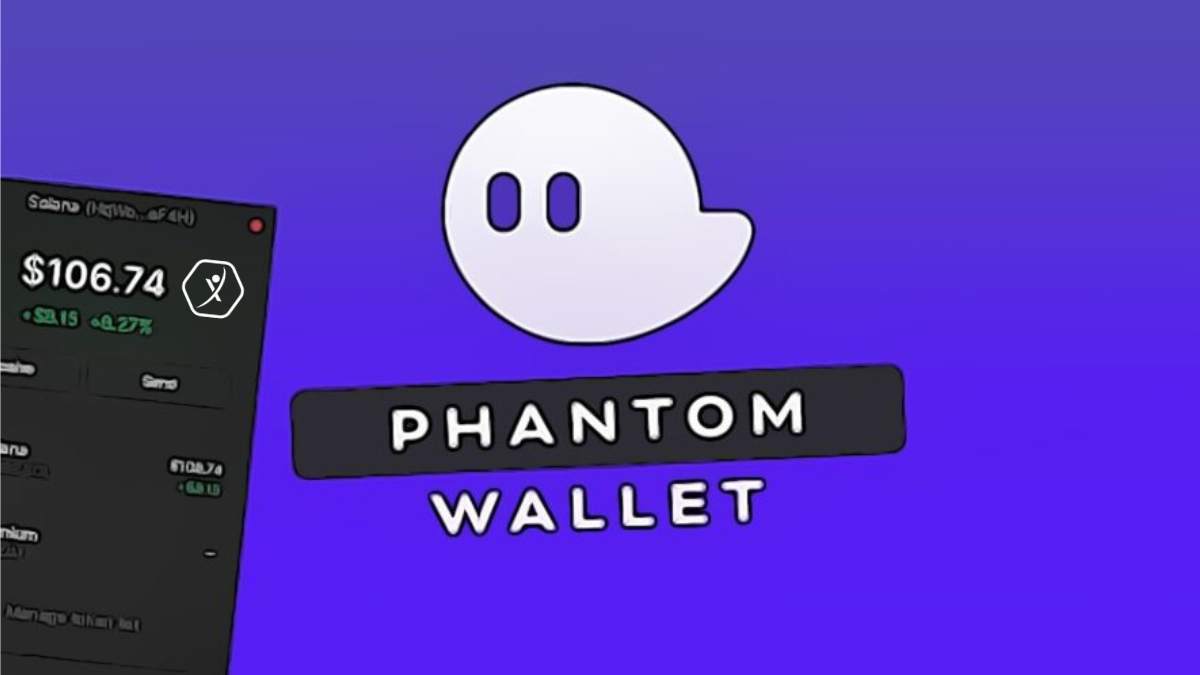Okay, so check this out—I’ve been messing around with the Solana blockchain lately, and wow, it’s not just hype. At first glance, the whole DeFi and NFT craze on Solana seemed like just another playground for crypto nerds. But something felt off about how clunky most wallets were when I dived in. Seriously? Managing your tokens and interacting with dApps shouldn’t feel like decoding hieroglyphics.
That’s when I stumbled upon the phantom wallet. At first, I shrugged it off—browser extensions can be sketchy or overly complicated. But as I started poking around, my gut said this one might just stick. The interface is slick, the connection seamless, and it felt tailored for folks who want DeFi and NFT access without the usual headaches.
Here’s the thing. Solana’s speed and low fees are the backbone, but without a good gateway, it’s like having a Ferrari with no steering wheel. Phantom steps in as that steering wheel—intuitive, fast, and surprisingly secure. I mean, I’m biased because I’ve tried a handful of wallets, but Phantom’s blend of usability and power is rare.
My first impressions were all about ease. Setting it up took less than five minutes, and the browser extension worked right out of the box. No awkward prompts or confusing jargon. You just create your wallet, fund it, and boom—you’re ready to explore the Solana DeFi jungle.
Whoa! And the NFT integration? It’s genuinely smooth. I minted a couple of tokens on Solana, and Phantom handled the transactions flawlessly, letting me view, send, or swap NFTs without jumping through hoops or juggling multiple apps. This is a rare treat when so many wallets still make NFT management feel like an afterthought.
At this point, I started wondering—what’s under the hood? Phantom isn’t just a pretty face. It leverages Solana’s architecture to deliver near-instant transactions, and because it’s a browser extension, it integrates fluidly with various dApps. This means you can bridge your wallet to DeFi protocols like Serum or Raydium without breaking a sweat.
On one hand, I was skeptical about security—browser extensions sometimes get a bad rap. Though actually, Phantom addresses this with robust encryption and local key storage, meaning your private keys never leave your device. Still, I recommend always double-checking permissions and keeping your seed phrase offline. Trust but verify, right?
Something else bugs me—sometimes, the wallet’s notification system feels a bit too subtle. I missed a couple of transaction confirmations early on, almost lost track of what’s going on. It’s a minor gripe, but when you’re moving fast in DeFi, every heads-up counts.
That said, the Phantom team is clearly active, pushing updates and listening to user feedback. There’s a real sense of community around it, which I find refreshing compared to some cold, corporate crypto projects. (Oh, and by the way, they make it super easy to connect with Solana’s NFT marketplaces, which is a huge plus for collectors and creators alike.)

Now, let me walk you through how Phantom transforms the user experience. Imagine you’re diving into a Solana-based DeFi protocol. Without Phantom, you might have to deal with clunky APIs, confusing wallet connections, or slow transaction speeds. Phantom smooths all that out. You get instant wallet recognition, easy token swaps, and direct access to liquidity pools—all from your browser.
Initially, I thought all wallets would offer similar features, but Phantom stands out in its seamless dApp integration. You can literally jump from staking SOL to swapping tokens to managing your NFTs without leaving your browser tab. This fluidity is key, especially as Solana’s ecosystem expands rapidly.
And seriously, the speed difference is noticeable. Unlike some Ethereum wallets that can bog down during network congestion, Phantom rides Solana’s lightning-fast blockchain. Transactions confirm in seconds, not minutes. For active DeFi users or NFT traders, that speed can make a huge difference—sometimes the difference between catching a lucrative trade or missing out.
Still, it’s not perfect. I noticed occasional UI quirks—like lag when toggling between multiple accounts or the occasional hiccup during network upgrades. But these issues are minor and far outweighed by the overall experience. Plus, the wallet’s open-source roots mean community devs can pitch in to iron out kinks.
Okay, so here’s a thought that popped up: with all this convenience, is Phantom making users complacent about security? It’s tempting to click “approve” without reading fine print when the interface is so frictionless. My instinct says wallets like Phantom should balance usability with nudges toward best security practices. Maybe more in-app education could help.
On the cultural side, it’s fun to see how the Solana community embraces Phantom. From New York to San Francisco, crypto meetups buzz about this wallet as the go-to for Solana newbies and veterans alike. It’s like the bridge between hardcore blockchain tech and everyday users who just want their DeFi and NFT fix with minimal fuss.
So yeah, if you’re deep into Solana’s ecosystem or just curious about dipping your toes in, Phantom wallet deserves a shot. It’s not just another extension; it’s a thoughtfully designed tool that respects the blockchain’s power while making it accessible. I’m not 100% sure where it’ll go next, but I’m excited to watch it evolve.
Seriously, I keep coming back to it when I want reliable, fast access to Solana’s DeFi protocols or NFT marketplaces. And if you want to try it yourself, here’s the link to the phantom wallet. Give it a whirl—you might find, like me, that managing Solana assets suddenly feels a lot less like a chore and more like an adventure.
Leave a Reply